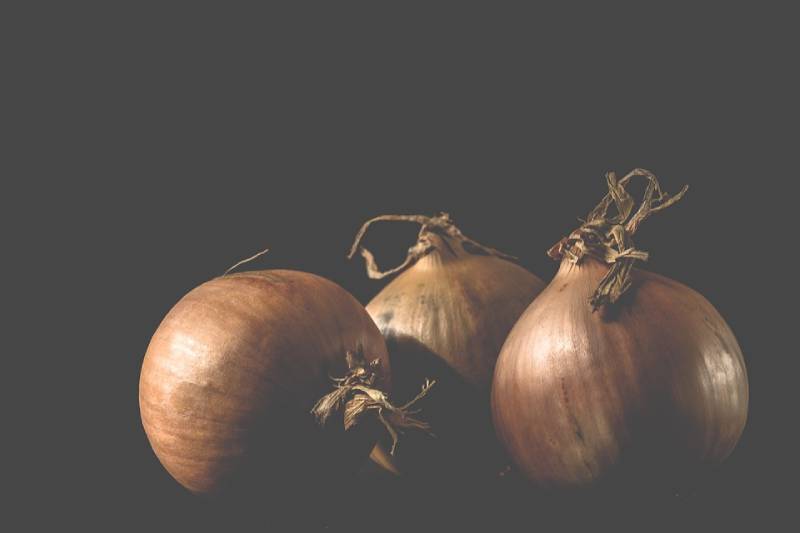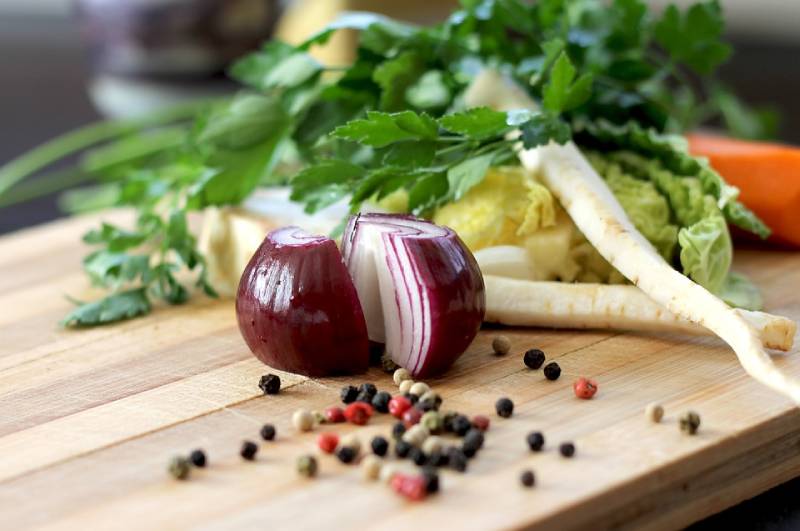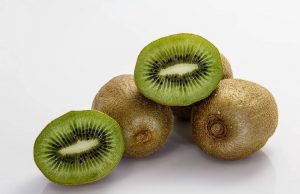Red Onion Exporter – Premium Iranian Onions for Global Markets
Introduction
Onions (Allium cepa) are among the oldest cultivated vegetables in the world, and Iran has a rich tradition of growing them. Ancient Egyptians began cultivating onions more than 3,000 years B.C., and historical records suggest that workers building the pyramids relied on onions as a staple food. Because of their resilience and versatility, onions remain a key crop worldwide. This hardy, biennial plant belongs to the Alliaceae family and grows with hollow, cylindrical, yellowish-green leaves arranged alternately in a flat, narrow row.


Growing and Cultivation
Temperature and day length are the two main environmental factors influencing onion bulb formation. For this reason, onion cultivars fall into three groups: long-day, mid-day, and short-day varieties. Farmers plant long-day onions, such as red onions, in April. As the season changes, the leaves wither, and the onion’s outer skin becomes dry and crisp—perfect for harvest. Therefore, careful timing ensures maximum yield and quality.
Types of Common Onions
Onions typically come in three colors: yellow, red, and white.
Yellow onions offer a full-bodied flavor and suit almost any dish. When cooked, they caramelize to a deep brown, adding tangy sweetness to recipes like French onion soup.
Red onions are ideal for grilling, salads, and charbroiling thanks to their mild, sweet taste and attractive color. In addition, they add visual appeal to any dish.
White onions are staples in traditional Mexican cuisine and develop a golden, sweet flavor when sautéed.
Farmers also harvest onions at various stages. For example, young plants become scallions, while partially matured onions are known as summer onions. Some onions are bred to remain small for use as pearl, boiler, or pickler onions. As a result, they offer flexibility for both home cooking and food manufacturing.
Historical Significance
Humans have enjoyed onions for thousands of years. Notably, archaeological finds reveal onion remains from as far back as 5000 B.C. In ancient Egypt, onions held symbolic meaning; people believed their concentric rings represented eternal life. Ancient Greek athletes consumed onions to balance blood, and Roman gladiators applied onion juice to strengthen their muscles. By the Middle Ages, onions ranked alongside cabbage and beans as staple foods and even served medicinal purposes, from treating headaches to easing hair loss.onion varieties in iran – Onion Properties for Health – red onion exporter
Onion Varieties in Iran
Golden (Yellow) Onion
Golden-skinned with white or pale-yellow flesh, this variety packs a sharp, spicy flavor—perfect for cooking. Iranian farmers grow them from spring to autumn, and thanks to careful storage, they remain available all year.
Red Onion
With a striking red skin and crisp white interior, Iranian red onions offer a mild, sweet flavor, higher flavonoid content, and more fiber than yellow or white onions. Because of their vibrant color, they are a favorite for salads, garnishes, and grilling. We export premium red onions worldwide—contact us to arrange your shipment.
White Onion
Sweeter and milder than yellow onions, white onions are ideal for salads and Mexican dishes. However, due to their higher sugar content, they have a shorter shelf life.
Other Varieties
We also export Vidalia (sweet) onions, pear-shaped onions, green onions, and shallots. Each type meets strict quality standards for size, freshness, and flavor.
Health Benefits of Onions
Onions deliver vitamins A, C, E, and B6, plus minerals such as sodium, potassium, and iron. Moreover, they contain antioxidants, especially sulfur compounds and quercetin, which fight inflammation, improve cholesterol balance, and support heart health. Red onions provide additional minerals like calcium, manganese, and magnesium, and as a result, they may help relieve asthma and arthritis symptoms.
Production and Export Capacity
China leads global onion production with over 24 million tons annually. Iran ranks fourth, producing around 2.5 million tons per year. Importantly, East Azarbaijan province accounts for 24% of the nation’s onion crop, followed by Isfahan, Fars, Sistan and Baluchestan, Khorasan, Hormozgan, and Khuzestan. Because of its diverse climate, Iran can supply fresh onions in all four seasons.
Why Choose Us as Your Red Onion Exporter
Year-round supply from multiple growing regions in Iran
Strict quality control for size, freshness, and taste
Flexible shipping to Asia, Europe, and beyond
Competitive pricing without compromising quality
We are a trusted Iranian onion exporter, offering red onions and other varieties for global markets. Therefore, if you are looking for consistent quality and reliable delivery, contact us today to discuss your import requirements.





